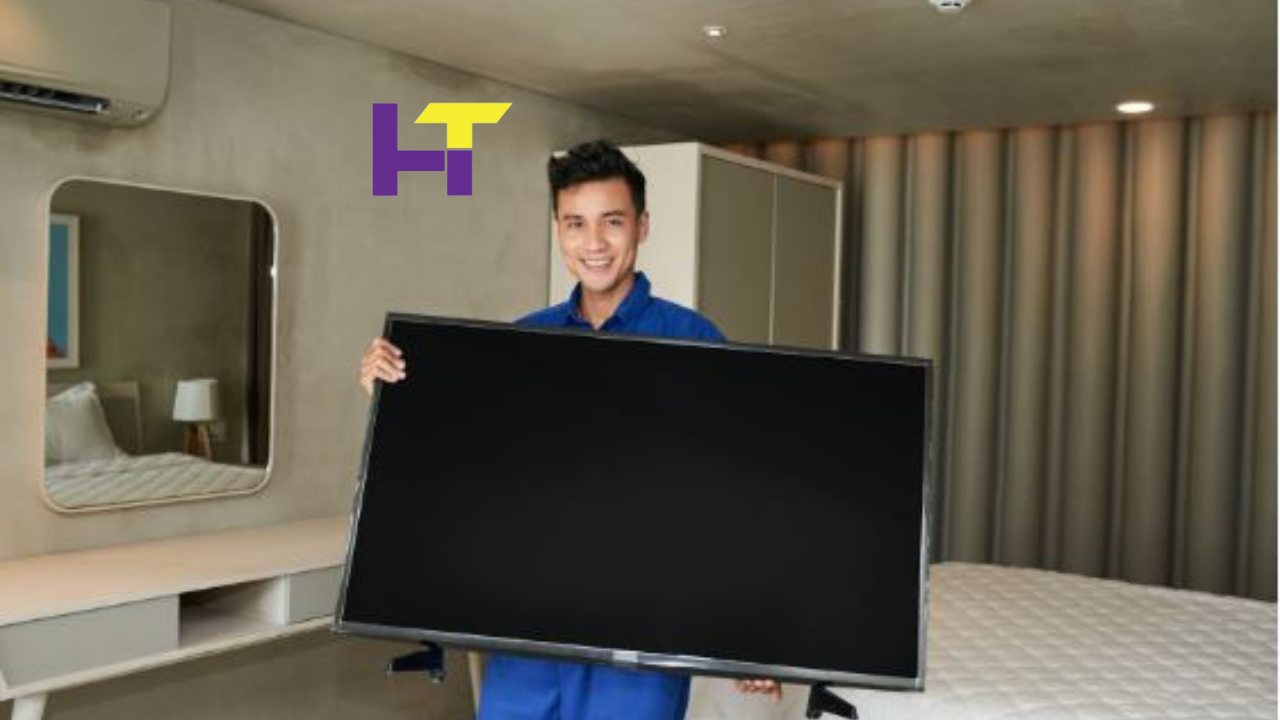Choosing the Right Mount: A Guide to TV Installation Accessories

In today’s digital age, televisions have become a central component of our homes, providing entertainment, information, and connectivity. With the advent of sleeker, slimmer TV designs, wall mounting has become increasingly popular, offering a space-saving solution and enhancing the overall aesthetics of a room.
Selecting the appropriate TV mount is crucial for achieving secure installation and an enhanced viewing experience.
In this detailed guide, we’ll delve into the many TV mount options on the market, their distinct characteristics, and the key considerations essential for a seamless TV mount installation that enhances your home entertainment setup.
Types of TV Mounts:
Several types of TV monitors offer unique features and functionalities to suit different preferences and requirements. The most common types include:
Fixed Mounts: Fixed mounts, also known as low-profile mounts, are the most straightforward and affordable option. These mounts hold the TV flush against the wall, providing a sleek and minimalist look.
Fixed mounts are ideal for rooms with predetermined viewing angles and heights, such as in bedrooms or home offices.
Tilting Mounts: Tilting mounts allow you to adjust the viewing angle of the TV vertically, typically offering a range of tilt angles from 5 to 15 degrees.
This feature is beneficial for reducing glare from windows or overhead lighting and optimizing the viewing experience from different seating positions. Tilting mounts are popular choices for living rooms and media rooms.
Articulating Mounts: Articulating mounts, also known as full-motion or swivel mounts, offer the most flexibility in adjusting the TV’s position.
These mounts allow you to extend, tilt, and swivel the TV horizontally and vertically, providing optimal viewing angles from multiple locations in the room. Articulating mounts are ideal for large open spaces or rooms with unconventional layouts.
Ceiling Mounts: Ceiling mounts are designed to suspend the TV from the ceiling, offering a unique and space-saving installation option.
These mounts are often used in commercial settings such as bars, restaurants, or conference rooms. Still, they can also be suitable for residential applications, especially in rooms with limited wall space or unconventional layouts.
Factors to Consider:
When choosing the suitable mount for your TV, several factors should be taken into consideration to ensure a successful installation and enjoyable viewing experience:
TV Size and Weight: The size and weight of your TV are crucial factors in selecting a compatible mount. Most mounts are designed to accommodate specific TV sizes and weight capacities to check the manufacturer’s specifications before purchasing.
Wall Material: The type of wall material in your home will determine the appropriate mounting hardware needed for installation. Drywall, concrete, brick, and wood studs require different mounting techniques and hardware, so consult a professional installer if you’re unsure about the compatibility.
Viewing Height and Angle: Consider your TV’s optimal viewing height and angle based on the room’s layout and seating arrangements. Tilting and articulating mounts offer greater flexibility in adjusting the viewing angle to reduce glare and optimize the viewing experience from different seating positions.
Cable Management: Cable management is often overlooked but essential for maintaining a clean and organized appearance. Look for mounts with built-in cable management features, such as cable channels or clips, to conceal unsightly wires and cables for a professional-looking installation.
Accessibility: Consider how accessible the TV will be for maintenance, cleaning, and accessing ports and connections. Articulating mounts provide easy access to the back of the TV for cable connections and adjustments, while fixed mounts may require removing the TV from the wall for access.
Installation Tips:
Proper installation is critical to ensure the safety and stability of your TV mount. Follow these tips for a successful installation:
- Use a stud finder to locate the studs in the wall and ensure secure mounting. Avoid mounting the TV directly onto drywall without proper reinforcement, as it may not support its weight.
- Follow the manufacturer’s instructions carefully and use the provided hardware for installation. Use appropriate tools and hardware for your specific wall type and TV size to ensure a secure and stable mount.
- Enlist the help of a friend or family member to assist with lifting and positioning the TV during installation, especially for larger and heavier models.
- Double-check the levelness and alignment of the TV before securing the mount to the wall to ensure a straight and balanced installation.
- Test the stability of the mount and TV by gently nudging and shaking it to ensure it’s securely mounted to the wall.
READ MORE
Conclusion:
Choosing the suitable mount for your needs ensures a safe, secure, and enjoyable viewing experience. Consider factors such as TV size, wall material, viewing height, and accessibility when selecting the perfect mount for your home entertainment setup.
Whether you prefer a fixed, tilting, articulating, or ceiling mount, options are available to suit every preference and requirement. Follow proper installation techniques and enlist the help of a professional installer if needed to ensure a successful and hassle-free installation.
With the suitable mount, you can transform your living space and create the ultimate home theater experience for years.






